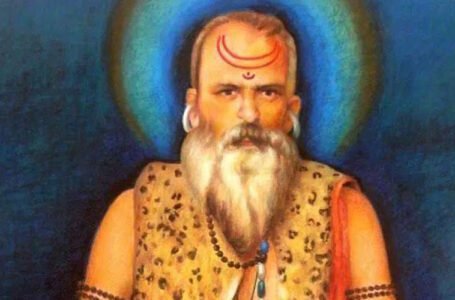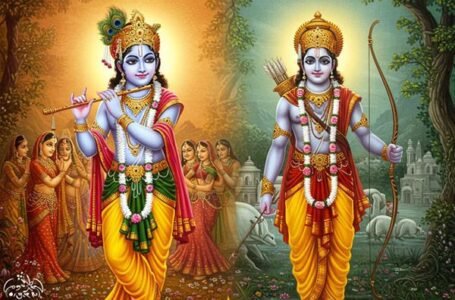The Evolution of Coins in Indian History

Have you ever held a coin and wondered about its journey? Coins, those small, everyday items, are more than just tools for buying and selling. They are silent storytellers, chronicling the rise and fall of empires, the values of societies, and the artistry of their times. In India, a country with an extraordinary past, coins carry a legacy that’s as rich as it is fascinating. Let’s explore this incredible journey together.
The Humble Beginnings: Punch-Marked Coins
Picture a bustling marketplace around the 6th century BCE. Traders haggle over spices, textiles, and grains. In this vibrant chaos, bartering was the norm—until punch-marked coins made their debut. These weren’t the shiny, uniform coins we know today. They were rough, irregular pieces of silver or copper with symbols like the sun, animals, or simple geometric patterns punched onto them.
Despite their crude appearance, these coins revolutionized trade. Imagine a trader from Magadha exchanging goods with someone from Gandhara—those little pieces of metal were their common language. It’s awe-inspiring to think that something so simple laid the foundation for an interconnected economy.
Mauryan Empire: Coins and Power
Fast forward to the Mauryan Empire (321–185 BCE), a time of political unification and administrative brilliance. Coins became more than a medium of exchange—they were a symbol of state authority. The Mauryans standardized coin weights and designs, ensuring consistency across their vast territory.
Ashoka, the great Mauryan emperor, used inscriptions and symbols like the tree-in-railing on coins to project unity and stability. These coins weren’t just currency; they were a quiet yet powerful reminder of the state’s reach.
The Indo-Greeks: A Fusion of Cultures
Then came the Indo-Greeks around the 2nd century BCE, bringing with them artistry and innovation. Their coins were a delightful blend of Greek and Indian styles. On one side, you’d see a lifelike portrait of the ruler; on the other, images of deities or symbols with bilingual inscriptions in Greek and Prakrit.
Take Menander I, for example. His coins beautifully merged Hellenistic elegance with Indian motifs. These weren’t just pieces of metal; they were proof of cultural exchange, a testament to how interconnected the ancient world truly was.
The Kushanas: Coins of Grandeur
By the 1st century CE, the Kushanas upped the ante with their gold coins. These coins weren’t just about trade—they screamed power, wealth, and inclusivity. Kanishka, one of their greatest rulers, featured deities from various faiths on his coins—Buddhist, Hindu, and Zoroastrian.
This wasn’t just clever politics; it was a profound statement of unity in diversity. Imagine being a subject in Kanishka’s empire and holding a coin that reflected your beliefs—it must have felt empowering.
Gupta Empire: The Golden Age of Coinage
The Gupta period (4th–6th century CE) is often called India’s golden age, and their coins live up to the name. Gupta coins were exquisite, showcasing the rulers not just as warriors but also as patrons of culture and religion.
Samudragupta’s coins are particularly fascinating. One depicts him playing a veena, highlighting his artistic side, while others show him performing sacrifices as a pious king. These coins weren’t just money—they were storytelling devices, encapsulating the spirit of a flourishing empire.
Regional Coins: Diversity in Design
As India fragmented into regional kingdoms, coin designs became more localized. The Cholas in the south, for instance, minted coins with intricate temple motifs, reflecting their devotion and architectural achievements. In the north, Rajput rulers used their coins to showcase unique symbols of valor and heritage.
The arrival of the Delhi Sultanate in the 13th century brought a distinct Islamic touch. Their coins, adorned with Arabic calligraphy and Quranic verses, were a blend of faith and finesse. These coins marked a new chapter in India’s numismatic history, blending tradition with innovation.
The Mughal Era: Coins as Masterpieces
The Mughals (16th–19th century) took coinage to dazzling heights. Their coins, often made of gold and silver, were works of art. Akbar’s coins reflected his inclusive policies, featuring symbols from multiple religions. Jahangir, known for his creative flair, issued a famous zodiac series, replacing traditional symbols with zodiac signs—a bold move that showcased his individuality.
These coins weren’t just currency; they were declarations of imperial grandeur. Holding one was like holding a piece of history.
Colonial Rule: A New Standard
The British era brought standardization and mass production to Indian coinage. Gone were the artistic flourishes of the past. Coins now bore the faces of British monarchs, emphasizing colonial authority. While they lacked the charm of earlier designs, these coins signaled the onset of modern industrial practices.
For Indians, these coins were a daily reminder of foreign rule, but they also marked the beginning of a centralized monetary system that would evolve after independence.
Independent India: Coins of a Nation Reborn
Post-1947, India had the chance to create a coinage system that reflected its identity. The first coins of independent India, issued in 1950, bore the Ashoka Pillar—a symbol of resilience and unity. Over time, coins began to commemorate leaders, cultural milestones, and even technological achievements.
Today’s coins may not have the artistic flair of ancient times, but they carry forward a legacy of adaptation and progress. Each coin in your pocket tells the story of a nation that has endured and thrived through millennia.
Conclusion
The journey of Indian coins is nothing short of extraordinary. From the humble punch-marked pieces of ancient marketplaces to the standardized coins of today, they’ve been witnesses to India’s history in all its complexity. Coins aren’t just currency—they’re storytellers, chronicling a nation’s journey of resilience, creativity, and unity in diversity.
So, the next time you hold a coin, pause for a moment. Think of the hands it has passed through, the eras it has survived, and the stories it carries. It’s not just a coin; it’s a piece of history in your palm.


